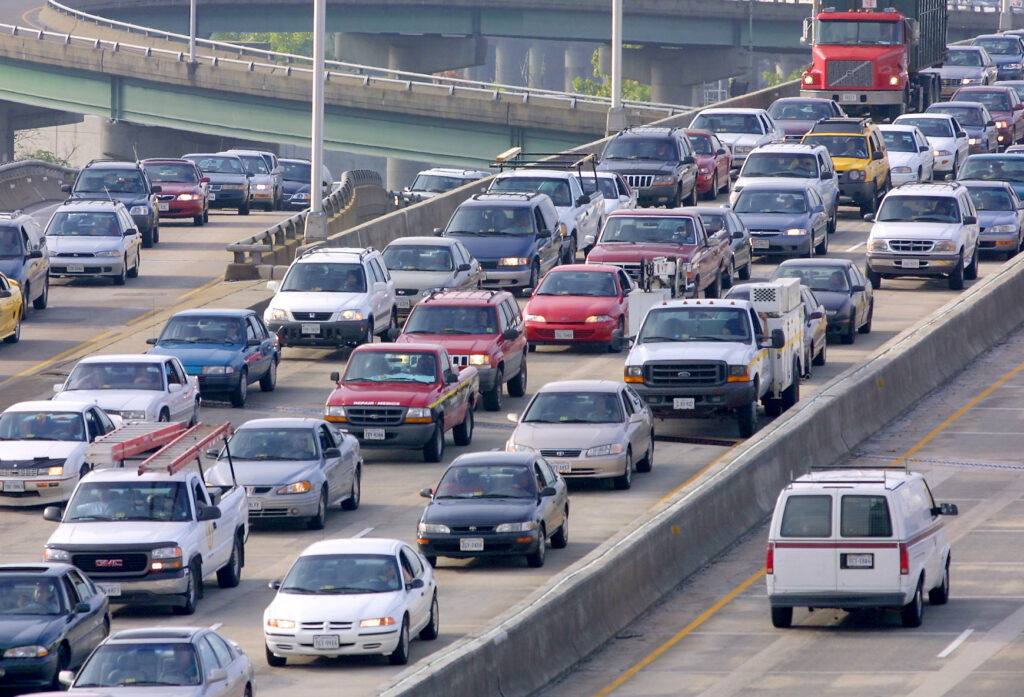
FAQ: What are rescissions? Will my state lose transportation money?
Friday, we explained the details surrounding the expiration of the transportation bill on Wednesday night and the one-month extension that was passed. Read that here. Due in part to the failure of a bipartisan plan to shift some revenue to satisfy House budget rules, the states are also losing a total of $8.7 billion in transportation spending, known by the unmistakably Washington-transportation-insider term of a “rescission.”
Here’s our attempt to simplify that issue just a little bit for those who are interested in the policy details. Non-wonks, feel free to skip over this one. Just a fair warning! Click through the jump to read in its entirety.
What is a rescission?
A rescission is essentially the cancellation of some amount of a state’s transportation funds that have not been obligated to a contract or to a project. Otherwise known as contract authority, states are given a certain amount of money each year in under the current transportation bill to enter into contracts with builders to construct transportation projects of all kinds. This rescission takes away a portion of those funds that states would otherwise spend on projects to build highways, repair roads and bridges, build bike lanes, and plan transit systems.
So why in the world did Congress write a provision that takes money away? That doesn’t make much sense.
This rescission was an accounting provision (some might call it trickery) inserted to artificially reduce the size of the last transportation bill to a level the White House would support to ensure the passage of SAFETEA-LU in 2005.
Congress added this rescission to reduce the overall size of the bill to $286.5 billion while actually authorizing a larger sum of $295 billion to states. At the time, this was a way to punt the issue down the road, hoping that a future Congress would vote to cancel the scheduled rescission. This never happened, and now states are facing the loss of $8.7 billion.
Can Congress undo the rescission by passing a longer extension of the transportation bill soon?
Yes. They were close to a deal in the Senate as we mentioned above, but it appears that a collection of GOP Senators wanted the money to cover the gap to come from the stimulus package, and not from the Troubled Asset Relief Program (TARP), which was initially intended for the rescue of toxic assets and troubled banks.
That said, the rescission started on September 30th, and states will likely lose some portion of their transportation money, even if Congress passes something soon to repeal the rescission (only in Washington, can you hear a statement like “repeal the rescission.”) Some have suggested that any losses could be made up by the larger full transportation bill that Oberstar hopes to pass this year.
The rescission issue does give the Senate an urgent impetus to act quickly to try and reach an agreement and find the funding to cover it. You can be certain their phones are ringing off the hook with unhappy state constituents, DOT officials, and contractors.
How will the rescission impact local transportation projects and programs in my area?
In a word, the exact funding that states will lose from particular programs is unclear. We’re working on some specifics and will share what we can when the numbers firm up. If you want to see the total money that will be rescinded from each state, you can view this table from the USDOT.
States usually prioritize transportation projects based on the amount of available money and the loss of funding may change the types of projects selected to be built. Reducing any funding commitments to help local areas repair local bridges, comply with the Clean Air Act, or increase investment in transit, biking and walking will impact everyone.
Elana Schor at Streetsblog Capitol Hill has some details on the specific cuts that a few state DOTs are facing.
Are all the cuts taken evenly from all the different transportation programs?
Somewhat, and much more now than with past rescissions, which have been much worse.
States once had broad flexibility to pick and choose which programs to take the money from. They could choose to take a larger share of money from bridge and road repair, non-motorized (bike and ped) projects, or transit projects, while cutting far less from other programs dedicated to building new capacity. For example, during 2006, Congress issued three separate rescissions totaling more than $3.8 billion. Nearly 60 percent of the reductions came from these above programs despite the fact they made up only 20 percent of all funds.
Therefore, Congress amended SAFETEA-LU and began requiring proportional cuts to programs depending on the amount of unspent funds remaining in each program. See this DOT table for amounts to be rescinded by program, by state.
That said, there is still a small amount of flexibility, so the cuts won’t be exactly proportional. According to language from USDOT and the FHWA, they can’t take more than 10% of the amount they are directed to cut from a program. Which basically means that if a certain program has $10 million in unspent funds to be rescinded, they can’t cut more than $11 million from that program (allowing them to cut less from another program.)
This little bit of flexibility makes it an issue worth keeping an eye on. Watching your State DOT and seeing what programs they decide to cut more than others can inform you where their transportation priorities lie.



